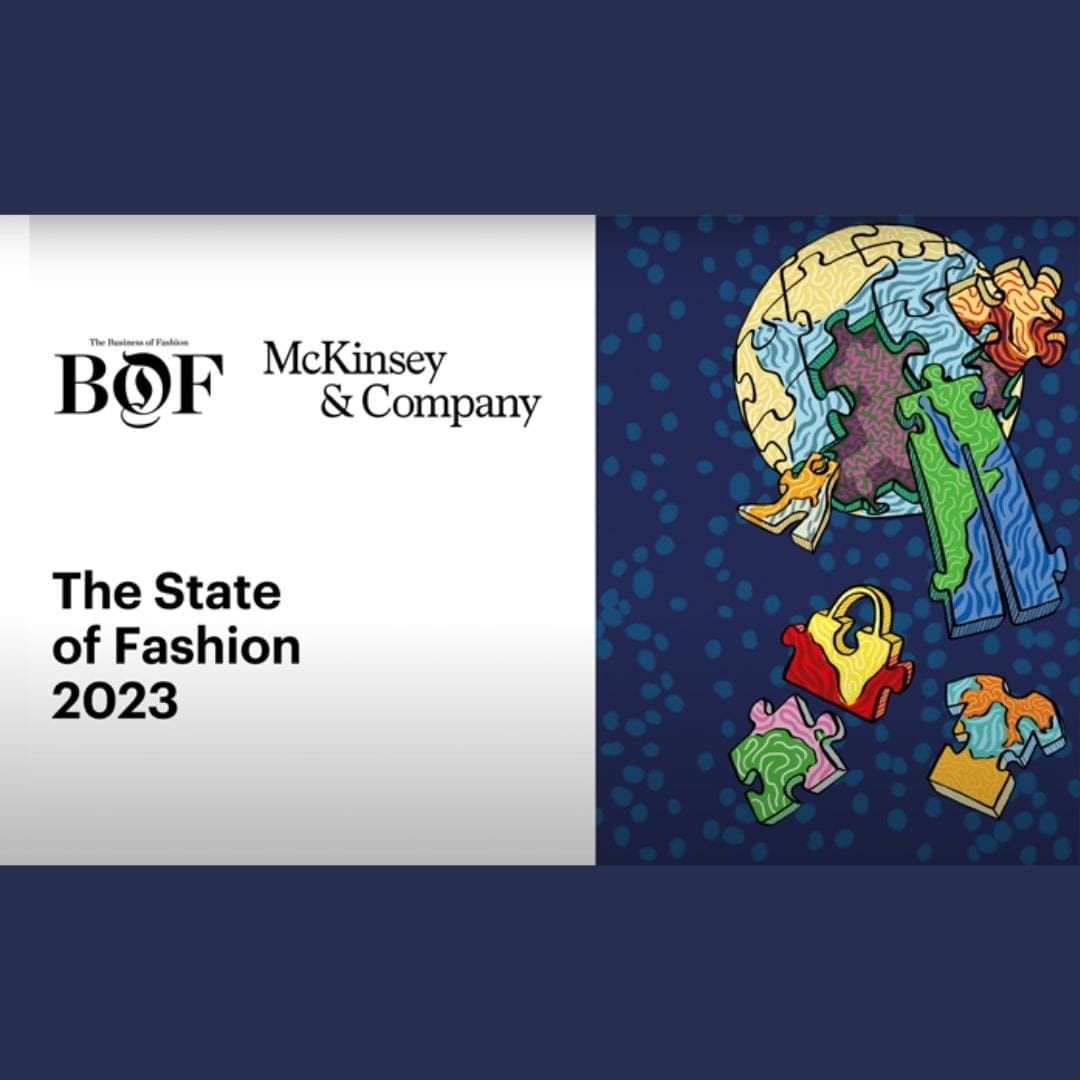The Business of Fashion and McKinsey & Company’s seventh annual State of Fashion report, Resilience in the Face of Uncertainty, indicates that the industry is on track for a global decline in 2023 as macroeconomic tensions and declining consumer confidence undermine 2022’s advances.
It emphasises that a global recession in the fashion industry is expected in 2023. While inflation is the largest concern, the best potential are downcycle exposure and sustainability.
Fashion executives are on edge as they look ahead to 2023 due to the industry’s negative effects of deteriorating macroeconomic and geopolitical conditions in the second half of the year (2022).
According to 85% of fashion executives who participated in the BoF-McKinsey State of Fashion 2023 poll, the market would continue to face challenges from inflation in 2019. Meanwhile, 58 percent of executives think that the fashion sector will suffer as a result of the energy crisis and supply chain disruptions brought on by geopolitical unrest, particularly the continuing conflict in Ukraine.
The dichotomies that formerly defined the fashion business are predicted to reappear, with McKinsey projecting global fashion sales growth of 5 to 10 percent for luxury items and between -2 and +3 percent for the remainder of the industry in 2023.
The report emphasises the necessity for fashion companies to reevaluate their business strategies. In order to focus on important growth possibilities and react more skillfully to risk, many organisations may alter their organisational structures, adding new roles or elevating existing ones. Brands might decide to work with manufacturing partners over the course of the coming year to hone their supply chain strategies.
To better adapt to rapidly changing consumer demand, nearshoring may be necessary. It may also be necessary to rely more heavily on data analytics and technology to manage inventory effectively.
Global Fragility, Regional Realities, Two-Track Spending, Fluid Fashion, Formalwear Reinvented, DTC (direct-to-consumer) Reckoning, Tackling Greenwashing, Future-Proofing Manufacturing, Digital Marketing Reloaded, and Organization Overhaul are the ten themes that will drive the fashion industry in 2023.

